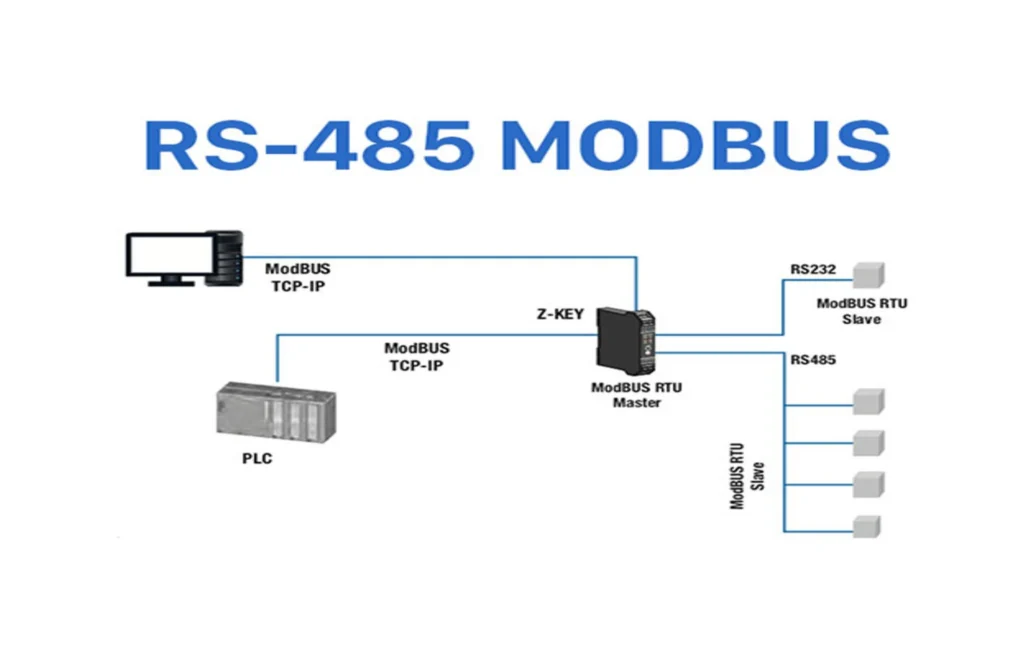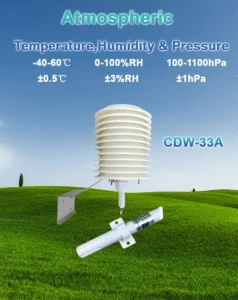What is the relationship between modbus 485 And RS485
RS-485 Modbus is a physical layer interface that acts as hardware. It is used for wired transmission and needs a hardware medium.
Interestingly, only two wires are needed. These cables send the same signal. The sending end splits the signal into two parts. The receiving end puts it back together to form the original signal.
The distinction between RS-485 and RS-232
RS-232 uses two wires, plus one ground wire for communication, making a total of three wires. The ground wire is not our main focus. The building automation system uses one of the last two wires for sending data and the other for receiving data. You can think of both sending and receiving wires as data cables.
The third wire serves as the ground wire. The hardware does not have a clock wire. The parties must agree on the baud rate before communication.
This agreement is like the clock frequency. That is why we call it asynchronous serial communication.
RS-485 uses a special kind of data transmission line. This helps reduce interference when sending signal level. In contrast, the RS-232 receiver cannot do this.
RS-485 has better features to resist interference for 16-bit words. It can send signals over several kilometers. In contrast, RS-232 can only send signals a little over ten meters.
Modbus and rs485 is a popular way to set up network communication. It is simple and easy to use. The rs485 modbus conversion interface is affordable and comes in many types.
What exactly is Modbus?
Modbus is a well-known communication protocol. It is used for data exchange between master device from different manufacturers, mainly in industry. You can think of this protocol as a “language,” as mentioned before. It is a type of software messaging structure.
Modbus is a communication protocol. It works like languages such as Chinese and English. It helps machines talk to each other.
The relationship between RS-485 and Modbus
Two devices often share serial data using the Modbus protocol read and write. Initially, developers used RS-232 as the hardware interface. This is the serial port found on most computers.
Later, engineers switched to RS-422 and then to RS-485. RS-485 is now the most common interface. Users like it because it has a long transmission range. This feature makes it great for industrial applications.
The modbus master slave id device defines the protocol has three main modes: Modbus RTU, Modbus ASCII, and the newer Modbus TCP. The first two modes use serial communication ports. These ports include RS-232, RS-422, and RS-485 as their hardware interfaces.
Modbus TCP works well with modern technology. It lets users send data over Ethernet or the Internet. Because of this, many call it Modbus TCP mode. This mode uses the Ethernet port as its hardware interface. This port is the standard network port on most computers.














